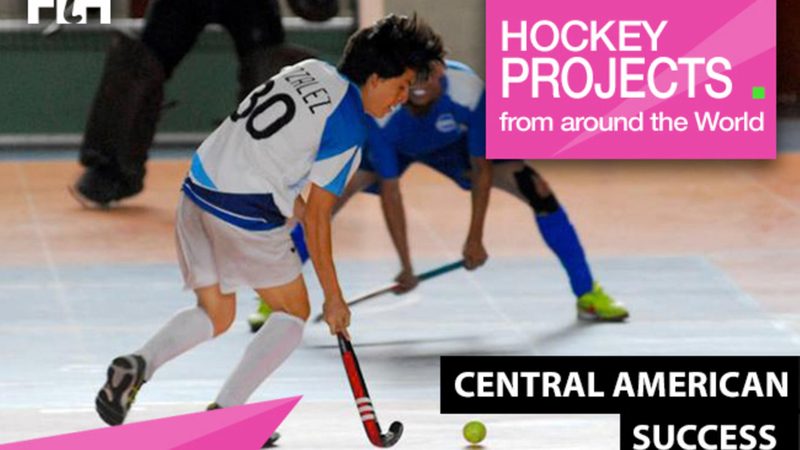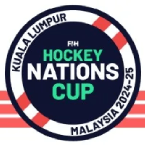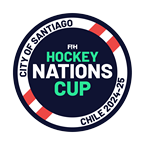
One of the main focus areas for the Pan American Hockey Federation (PAHF) – as it has been for the past 10 years – is to get more Central American countries playing hockey. Guatemala led the way, but now countries such as Panama, Costa Rica, Honduras, El Salvador and Nicaragua are all getting on board.
To assess the need for hockey programmes and to work on developing a strategy, PAHF took on a Continental Development Officer (CDO). The first role of the CDO was to carry out research into where hockey was being played and where PAHF could be promoting the sport. The next step was to put a plan in place, co-opting enthusiastic volunteers and setting up programmes to introduce hockey to the population.
PAHF’s support comes in the form of supplying low cost equipment; supporting the all-important relationship between the national hockey associations and the National Olympic Committees; and providing coaching courses.
Hockey played in Central America has traditionally been indoor hockey. This has been due to the non-availability of suitable outdoor pitches. At first, nations were happy to run coaching courses and promote hockey through schools, but over time, the national associations began calling for something more. So, in 2014, the first national indoor tournament was played between three nations – Costa Rica, Panama and Guatemala.
Guatemala has won both editions of the men’s event since it was introduced, while Panama are the reigning champions of the women’s event. The tournament has grown to five teams, with Honduras and El Salvador joining the ranks of competitors.
Julio Neves is under no illusion about the enormity of his task. He is Managing Director of a hockey federation that has 29 National Association's (NAs) and his task is to keep building that number, with the ultimate goal of getting more people playing hockey across the vast region of the Americas.
Neves is one of two paid officers who run the Pan American Hockey Federation (PAHF). The other officer is Laura Macchiotti, the Operations Manager, and behind them are a very proactive group of Board Members and volunteers. But, as Neves says, it is a very small group for such a big task.
“The NAs were saying that they wanted something to get the athletes excited, so we decided to change our perspective. In 2014, PAHF gave $10,000 towards running a Central America Indoor Tournament, rather than putting the money into coaching courses,” explains Neves, in one sentence summing up the difficulty of prioritising limited funds.
PAHF now provides umpires and officials for the games and also holds a training course for all officials prior to the event. The tournament will continue as an indoor hockey tournament for one more edition, but Neves believes it will switch to Hockey 5s by 2017.
For hockey to be sustainable in the Central America region, PAHF relies on finding the right people to run the sport in each country. “It is the way we operate. PAHF relies on passionate people to get things done. In Coco Budeisky (PAHF President), we have a man who wants to see action and he wants to participate. For example, Belize is the next nation we would like to see form a national association. Coco has been leading talks with the National Olympic Committee of Belize, building relationships.”
For Neves, development is in two stages. The first stage is to raise the profile of the sport, the second is to help countries make a commercial success of the sport.
“This is where I see the importance of the FIH Hockey Revolution,” explains Neves. “Our NAs are used to getting state money to support their sport, but hockey is a minority sport and will never get much funding. Some teams have to decide whether to send a men’s team or a women’s team to an event. Take Guatemala as an example – they had to decide between sending a team to the Junior Pan Am Championships or to the Hockey World League, that is a difficult decision.
“We hold up the USA as an example of a National Association who has realised the importance of making the sport commercial. That is our next step – helping NAs to fund raise.”
Promoting hockey in Central America is an on-going challenge, but with Guatemala becoming the first Central American team to enter the Hockey World League, it is one that the small team at PAHF are confident of meeting.
Developing and innovating; increasing the level of professionalism in the administration of the sport; building the profile of hockey and generating more followers are the four key goals of the FIH 10-year Hockey Revolution and these are the drivers at the heart of PAHF’s work in Central America.
To find out more about the Hockey Revolution, click here.
For more information about the work of PAHF, click here.
























